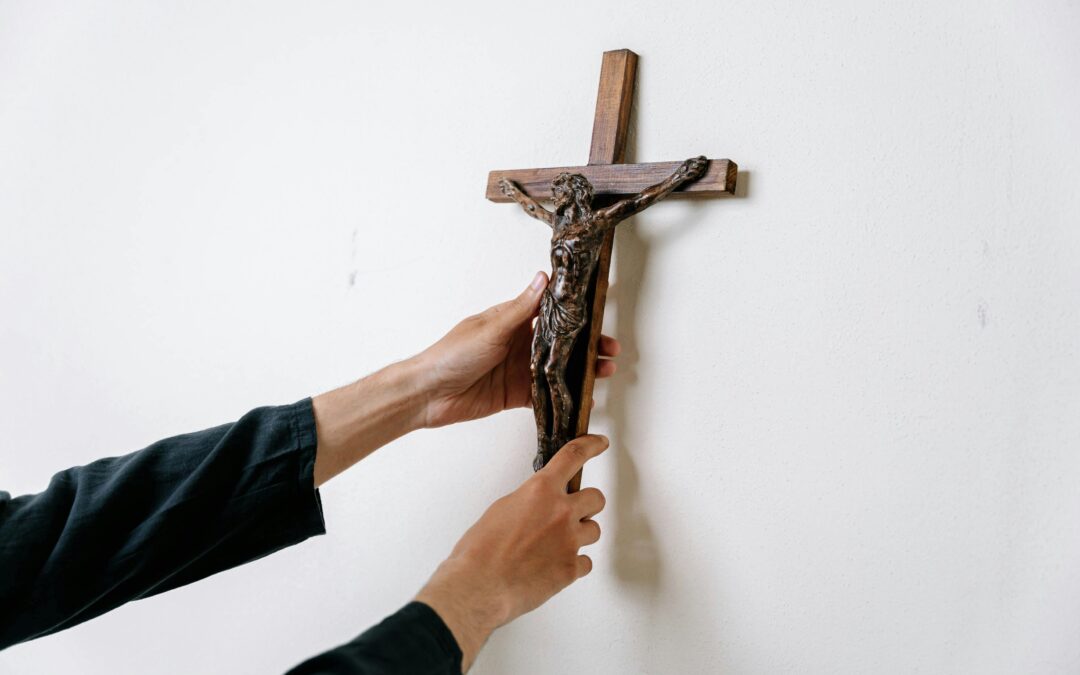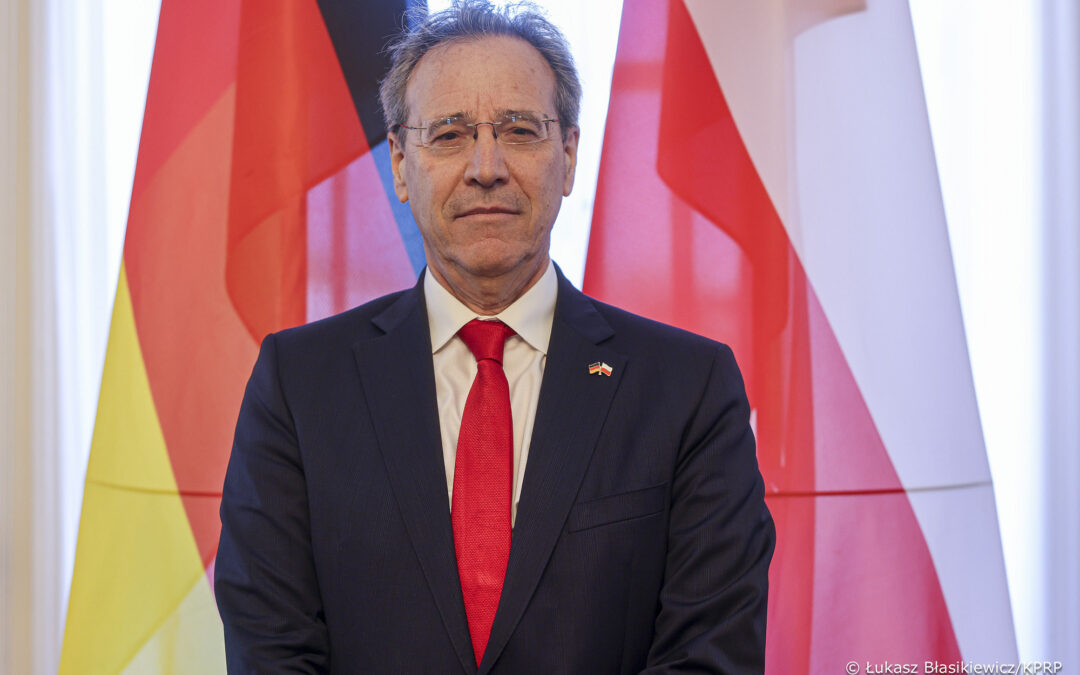By Marcin Żyła (published in cooperation with Tygodnik Powszechny)
After decades of neglect, Poland’s rail network is expanding and modernising. However, more needs to be done to integrate it with other elements of the transport system.
Train travel in Poland today means one of two experiences. The first is usually that of residents of large or medium-sized cities or passengers taking a suburban rail line. They board a new or modernised train at a renovated station, often arriving at their destination faster – and in greater comfort – than they would have just a few years ago.
The second experience is that of people living in smaller towns or on outlying rail lines, who often don’t have the option of taking the train as even the local authorities have decided that it is not worth restoring suspended connections. Or where the only trains are the old, characteristic yellow and blue electric ones.
This is the reality of infrequent connections not harmonised with bus routes, which force children travelling to school and adults commuting to work to take roundabout journeys.
Both experiences say a lot about Polish railways – neglected in the first years after the post-communist transformation but now with a brighter future ahead.
Since 1989, the total length of hard-surfaced roads in Poland has increased by 50%. In the same period, the country has lost a quarter of its railway lines, while passenger numbers have dropped by more than two thirds.
After the investments of the late communist period – electrification and the Central Rail Line, opened to passenger traffic in 1984 – the 1990s brought a deterioration of long-distance public transport, which for trains also meant a decaying infrastructure. The dominant philosophy was: “No way to get there? Take a car”.
The year 2000 was a dark one for the Polish railways – on just one day, connections to over a thousand kilometres of lines, mostly local, were scrapped.
Change came with Poland’s accession to the European Union, which essentially demanded investments in new infrastructure. Yet it is only in the last few years that the country’s neglected railways have begun to resemble their Western counterparts.
This development has also meant installing European safety systems and a new working culture. This was not always successful, as shown by the Szczekociny train crash in 2012 in which 16 people died because of human error. Yet changes did take place – in December 2014, the first high-speed Pendolino trains began running, followed by comfortable regional trains.
Now, after almost two decades of EU membership, the next boost to railways is supposed to be provided by the European Green Deal, the main instrument of EU climate policy. By the middle of the century, Brussels plans to reduce greenhouse gas emissions in the transport sector by 90% and public transport is to become more affordable.
The European plans are impressive. While the pandemic has put the brakes on growth, the EU’s decarbonisation policy and climate initiatives will give the railway a lift in the coming years. After two decades of cheap airlines being the symbol of easy travel in Europe, the coming years could belong to the trains.
Long-distance rail connections are undergoing a renaissance, with Vienna-Paris, Amsterdam-Zurich, Brussels-Prague and Graz-Warsaw among those recently launched. These are being pioneered by Austrian state rail company ÖBB.
Czech companies also offer seasonal connections: for the third summer in a row, trains are running from Prague to the Croatian coast (the trip to Rijeka takes 18 hours, but is very popular: last year, the company RegioJet sold 40,000 tickets, with the cheapest retailing at the equivalent of €21.50).
The EU is also building a trans-European transport network, to span 15,000 km of high-speed railway lines.
All this is supposed to make train travel more attractive than flying. In Poland, for now, that only applies to connections from Warsaw to Kraków or Katowice, but throughout Europe there are around 30 routes that guarantee a faster journey (Frankfurt-Cologne, London-Paris, London-Brussels).
A night train from Oostende 🇧🇪 to Warsaw 🇵🇱 by the end of 2022?@EuropeanSlpr has notified the Belgian Railway Regulator of a new Oostende-Warsaw night train. The train will be part of the earlier announced train to Prague and will be split in Berlin.https://t.co/pLAeab9bBi pic.twitter.com/e97YJN850u
— Elias Van Deun (@eliasvandeun) May 4, 2021
A decade or two ago, to get to Kraków from Budapest and not pay exorbitant prices for international connections you had to buy separate tickets for the Polish, Slovakian and Hungarian segments of the journey, even though it was all on one train. Only the liberalisation of the market forced by the EU and competition from cheap airlines and FlixBus accelerated changes.
A great deal is now happening in Poland too. The most important investments include some that are less visible to passengers: improved access to the ports of Szczecin, Świnoujście, Gdańsk and Gdynia as well as the Rail Baltica corridor, which will link the Baltic states with Western Europe.
The importance of an unobstructed rail network is shown by the example of Ukraine, where trains have been supplying weapons, evacuating refugees, and taken on the main burden of grain transports as seaports have been blocked.
Unlike with heavy industry, in the case of the railways the transition to renewable energy suits the Polish government. According to their plans, in 2030 some 85% of traction energy in Poland is to come from renewables.
Poland is still far from the number of rail users recorded 30 years ago, but more people are taking the train throughout the country – the most in the Subcarpathian, Lubusz and Małopolska provinces (25-26% growth in 2020-21).
The same provinces are growing fastest in the so-called rail usage ranking, showing the number of journeys per resident. This table, as usual, is headed by the Pomerania (20 journeys in 2021) and Masovian provinces (14), mainly because they are home to the Tricity and Warsaw suburban rail networks.
The Solidarity Transport Hub project championed by the government is not only an air travel investment – the plan is that within little over a decade we will be able to travel from Warsaw to the biggest Polish cities by train within two and a half hours.
The first building work on the new lines is to start next year, with around 743 km to be added to the network. Experience shows that investments on this scale often record years of delays, however, while the concept of a radial rail network (meeting with the CPK in the centre of the country) is itself quite controversial.
The changes that have taken place are particularly evident in the railway network in the Małopolska and Subcarpathia provinces, which were until recently neglected, slow and frequently not fit for purpose.
Planned mega-airport still makes sense despite new lower passenger forecasts, says Polish government
A symbol of this was the infamous “Arrow of the South”, as the connection between Chabówka and Nowy Sącz was mockingly known – the only train in the world that reaches its maximum speed immediately after leaving the station.
Today, part of the route is covered by a future investment – the construction of a line from Podlęże near Kraków to Kasina Wielka will shorten the journey time to Nowy Sącz to an hour and that to Zakopane to an hour and a half.
Just in this region in the last few years, the Kraków-Rzeszów main line has been modernised, while building work has included new tracks for Kraków’s suburban railway, a line to the city’s airport and rail links that have already cut the journey time to Zakopane.
The rather inelegant but comfortable replacement electric train from Zagórze in the Bieszczady Mountains now reaches Kraków in less than five hours, having previously taken the whole night.
Getting from Kraków to Katowice takes an hour, and the railway station in the Upper Silesian capital – where changing trains at night just a decade ago was simply dangerous – has changed beyond all recognition. In Kraków too, the construction of the transport hub, which had stretched on since the 1980s, is complete.
In Warsaw, after the facelift to the Central Station, hurriedly completed for the Euro 2012 football championships, a new West Station is also being built. Hundreds of smaller stations and stops have also been renovated.
The problem is that new investments do not always go hand in hand with thinking about integrating the railway with the overall transport system. In smaller towns, for trains to be an attractive alternative to other means of transport – especially cars – they need to be supported by buses.
In Poland, there is still a lingering image of railways as being autonomous and functioning in isolation from other forms of communication.
The effect is an uncoordinated network, in some places completely unsuited to passengers and their transport needs. Local trains in some parts of Poland continue to run according to the shift system from the communist era.
The example of Czech railways, which in the 1990s had short and cheap electric carriages (which took over most local connections), shows that the Pendolino alone will not make the network successful – it needs to be connected to our everyday, local lives.
And now for the bad news: according to Poland’s National Railway Programme, the country still has 9,000 km of train lines to modernise – we can therefore expect many years more renovations, delays and replacement services.
Though many smaller stops have been modernised, some still lack parking spaces (analyses show that one third of passengers get to their departure station by car). It is these minor details, not seen in the media and unglamorous to politicians, that will decide on Polish railways’ success.
Trains are coming back into favour. And even in places where they haven’t run in years, they are still remembered. Maybe that is why the jury is still out on the embankment linking Nowy Targ in Poland’s Podhale region with Trstená on the Slovakian side of the border.
Currently it is used as a stunning bicycle route, billed as one of the biggest attractions around the Tatra mountains. It was laid out on the route of the former local railway, the last section of which was closed in the 1980s.
Many residents rue that decision to this day.
The original version of this interview can be seen here. Translated by Ben Koschalka. Main image credit: D29-1/Flickr (under CC BY-NC-ND 2.0)






















